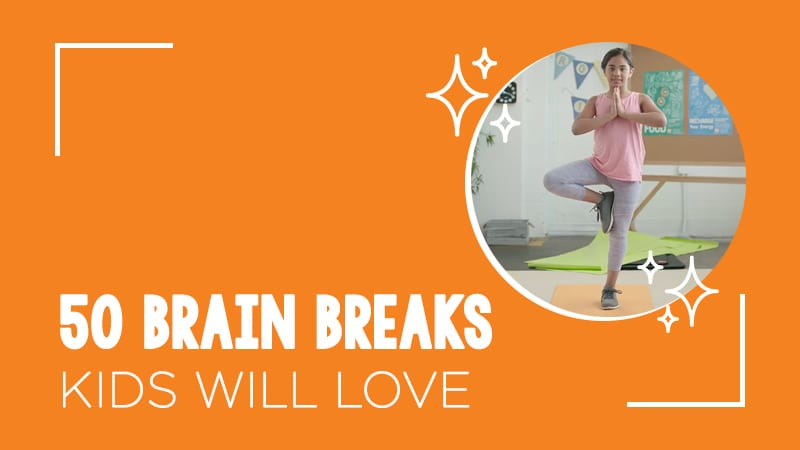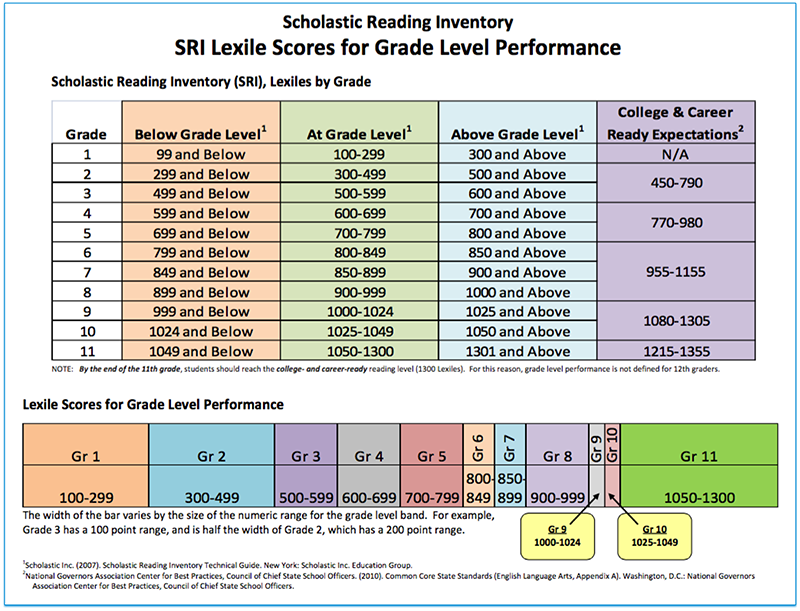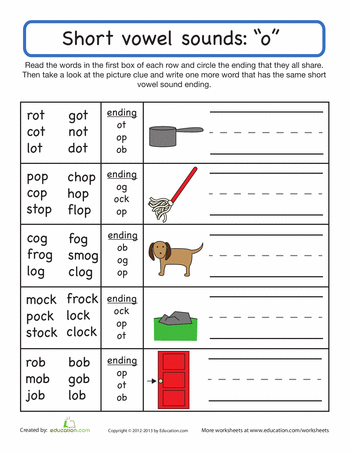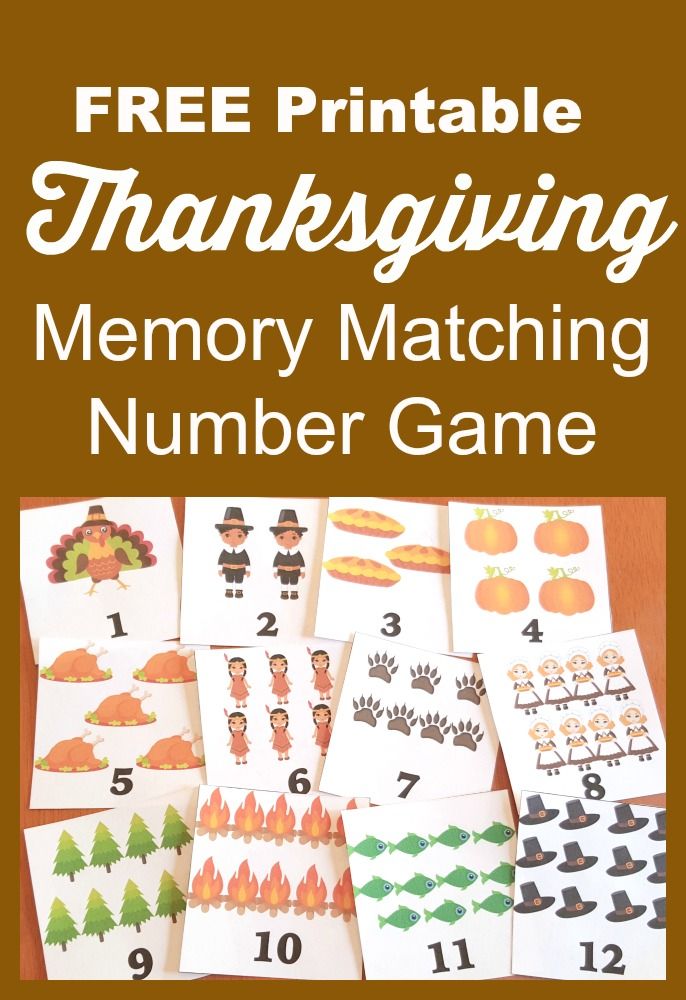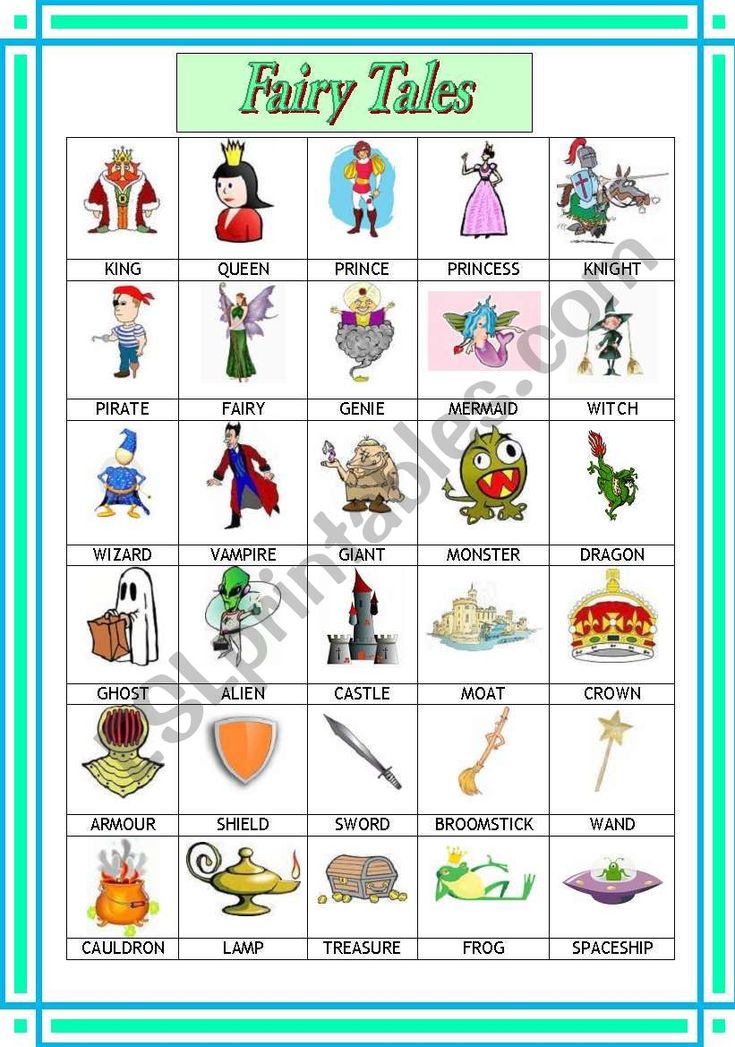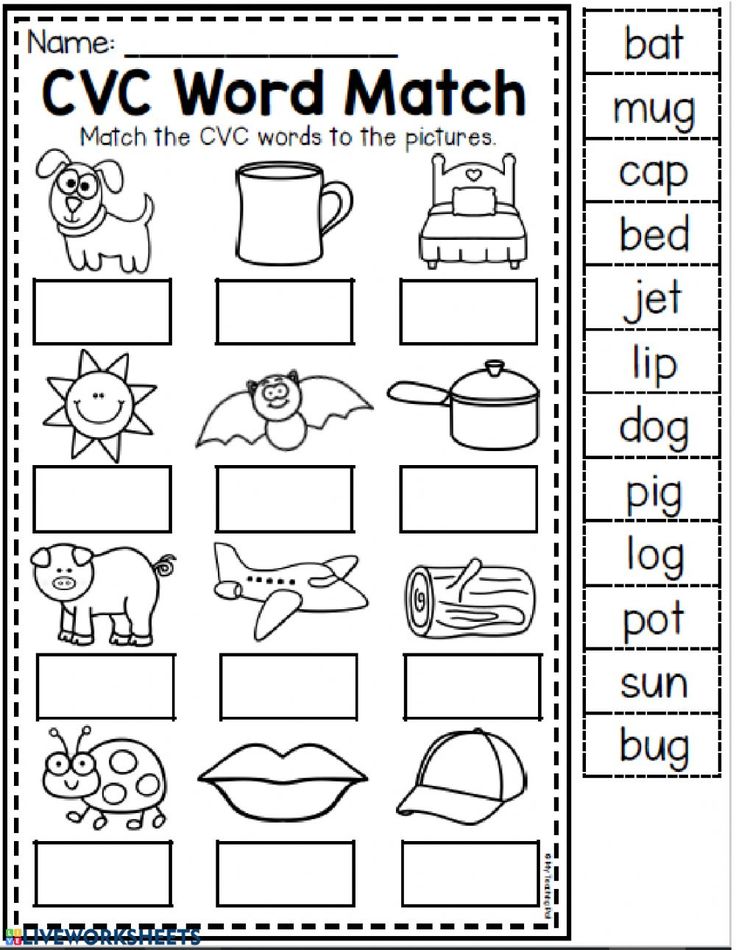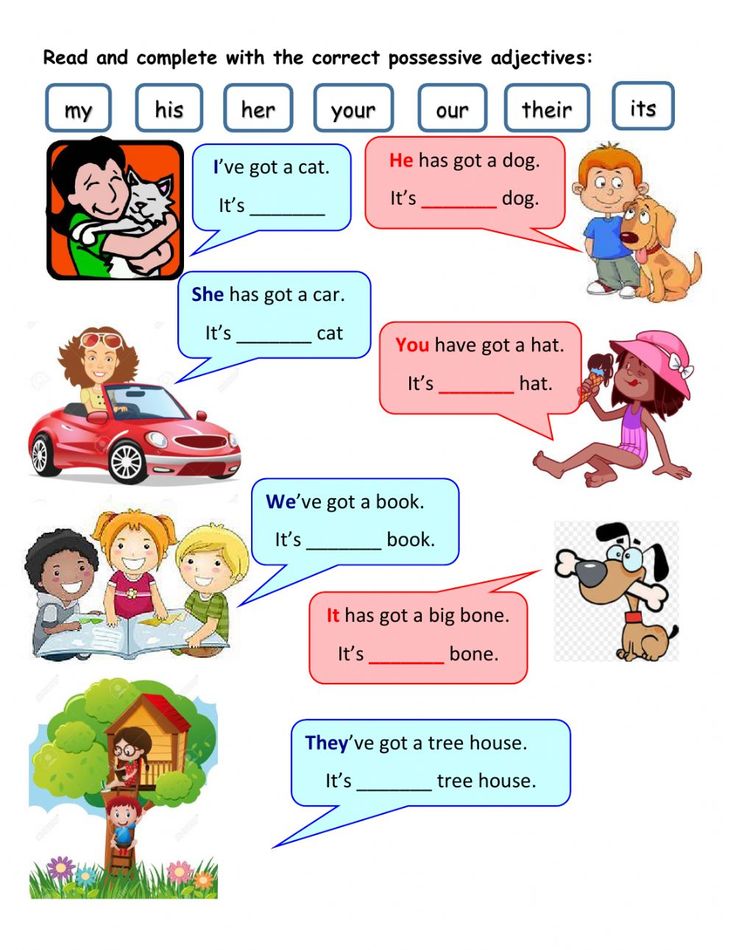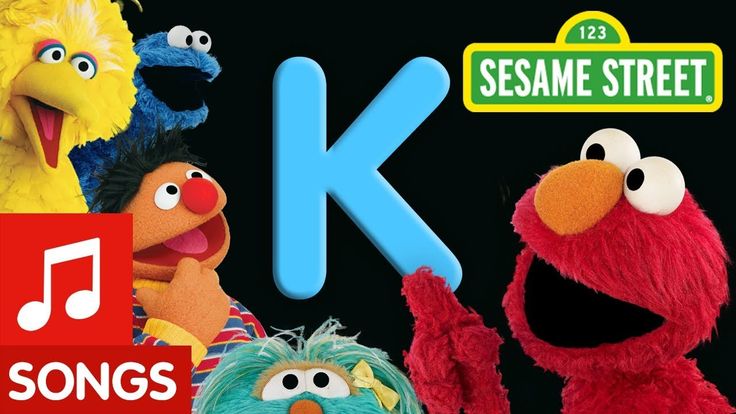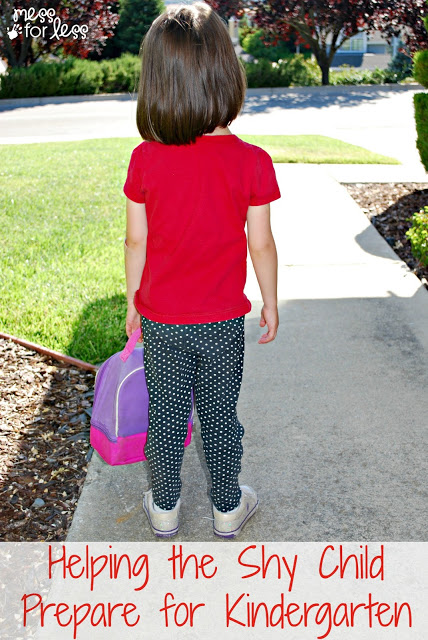Easy brain breaks
20 Fun & Easy Brain Break Ideas For Kids
Brain breaks - by whatever name you like to call them - are incredibly beneficial for kids, whether you're talking about physical health, social-emotional health, academic performance, stress relief, or brain functionality.
In fact, an August 2016 study, spearheaded by psychologist Kerrie Godwin and her team, found that on-task behavior actually declined among students as instructional periods increased from 10 to 30 minutes but remained high when instruction was given in blocks of 10 minutes instead. Of equally important note, a 2013 study found that physically active lessons in the classroom helped increase time-on-task behavior and attention span in school-aged children.
So why does all this matter? Simple, really: teachers and educators should be trying to incorporate movement-based brain breaks in the classroom if they really want to get the most out of their students' brains.
To assist, we've created a list of 20 fun brain break ideas for kids that are guaranteed to help them re-center and re-focus when they need it the most. We've also broken the categories down by type, such as active, social-emotional, and creative, to help fit any classroom or situation. Check out our list below!
Active Brain Break Ideas
1. Stretching
Stretching is an easy physical brain break idea that can be done right next to the students' desk. Simply have your students stand up, reach above their heads, touch their toes, move their hips in a clockwise and counter-clockwise rotation, or have them sit and stretch their hamstrings, glutes, quads, and calves. Spend five to 10 minutes stretching, depending on your classroom's individual needs.
STRETCHING Exercises Home Workout via Bobo P.E. on YouTube
2. Ball Toss
The ball toss is a super simple but infinitely repeatable activity you can do with a soft rubber ball, bean bag, or hacky sack. Try giving your students five minutes to hacky sack, or toss the hacky sack back and forth between groups of students. If you have a rubber ball, or even a rubber band ball, you can have your students bounce the ball as well.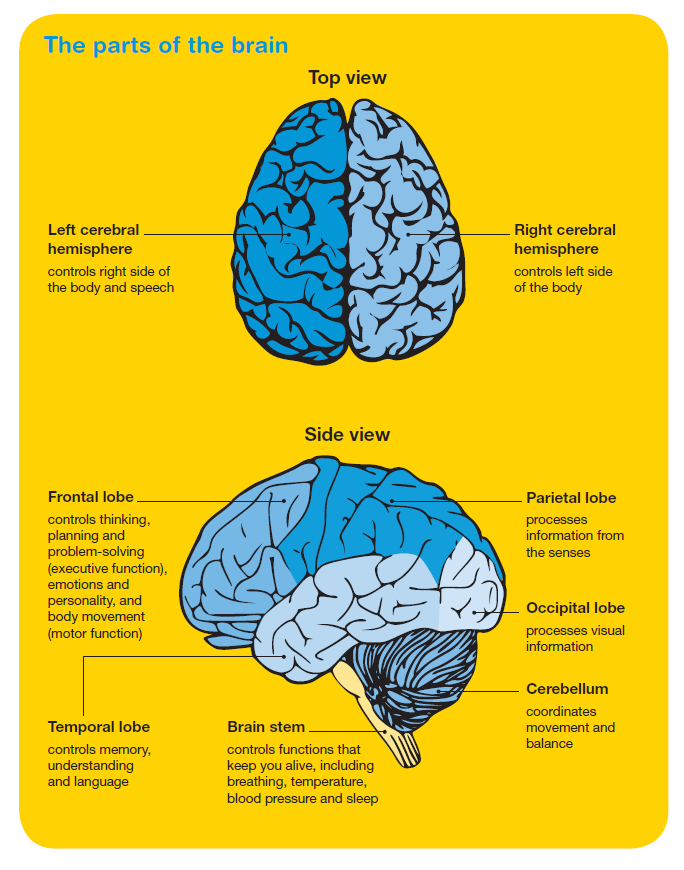
Don't know how to hacky sack? Check out this awesome post from howtheyplay.com
3. Jumping Jacks
Who doesn't like to do jumping jacks? Like stretching, jumping jacks require no equipment and can be done right next to a student's desk. Try doing two sets of 10 jumping jacks, then assess your students' attention. If you feel they need more, try another set. The key is to get their brains re-focused and their hearts beating without getting them too riled up or sweaty, because let's face it: a classroom full of sweaty students isn't a great place to be.
Want to make the lesson more interactive? Check out "How to do Jumping Jacks" via Kid Explorer on YouTube.
4. The Big Four: Lunges/Planks/Push-ups/Squats
The big four - lunges, planks, push-ups, and squats - are guaranteed to get the blood flowing at virtually any grade level. Best of all, you won't need any weights - body weight will do just fine. Try doing one full rotation of five each - five lunges, five planks, five push-ups, five squats - then re-assess your students. These exercises can be done at the desk, but if you'd like to separate them from the desk, try having your students form their desks into a circle, then gather in the center and perform the exercises there.
These exercises can be done at the desk, but if you'd like to separate them from the desk, try having your students form their desks into a circle, then gather in the center and perform the exercises there.
5. Dance Routine
Dance routines are super easy to find on YouTube or on your favorite search engine - there are hundreds of thousands of them - and they also make for easy and fun brain breaks. The dancing gets kids up and moving, while the change in stimuli (such as following instruction on a screen as opposed to sitting at their desk) helps reset their brains and refocus their attention.
KIDZ BOP UK has a fun dance routine you can watch on YouTube!
6. Copy Cat
Copy cat is an easy active brain break idea that combines active play with memorization skills. You don't need any equipment for this exercise - simply place your students in pairs and have them mimic one another's movements. Have one student take the lead for half the time, then the other for the second half.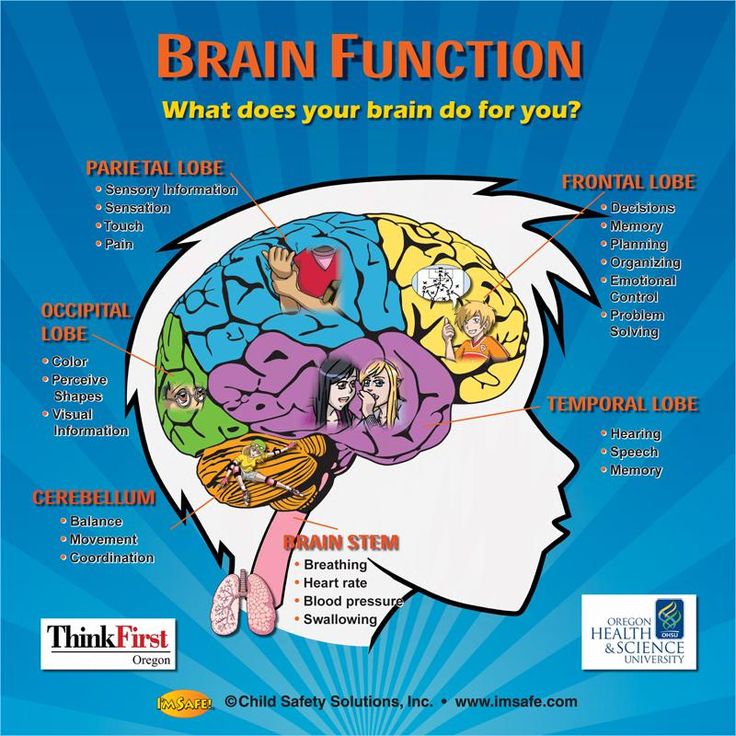 You can also combine this activity with dance for a fun spin on the popular Dance Dance Revolution! game.
You can also combine this activity with dance for a fun spin on the popular Dance Dance Revolution! game.
7. Simon Says
Simon Says is another game that combines different types of skills; in the case of Simon Says, active play and listening skills. The key distinction in Simon Says is listening for a specific prompt (the key words Simon says) before performing the activity. Use an online "Simon" or be the Simon yourself!
Wondering how to play? Check out this resource from The Genius of Play.
8. Balloon Games
There are dozens of games you can play with a balloon - so why not add some balloon games to your brain break routine? Try playing common active games like volleyball, basketball, or ball toss with a balloon instead of a ball, or simply play "Keep Up" with the whole class! You will be amazed at the different sensory opportunities adding balloons can bring.
PBS Kids.org has a great resource dedicated to balloon games.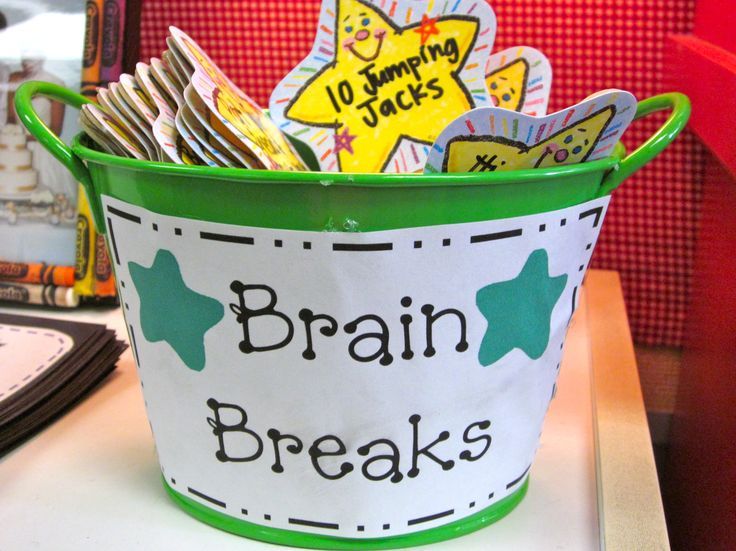
9. Floor is Lava!
Lava! is a game where players must walk a path and avoid certain spots on the floor to avoid being "out." Often, these spots block the path forward, so players must use their problem-solving skills to overcome the "lava" and navigate the path to the end. Try giving kids objects they can use to cross the lava, such as a piece of paper, and use poly spots for the lava.
This particular activity requires a bit of planning, but the payoff can be huge!
Wondering how to play? Try parents.com's "4 Fun Ways to Play 'Floor is Lava' at Home."
10. Combine Them All!
Combining these active brain break ideas is an excellent idea as well, since you can mix and match the exercises as you'd like. For instance:
- Take a 10-minute brain break involving one round of stretching, followed by two sets of 10 jumping jacks, then one rotation through the Big Four.
- Take a 10-minute brain break involving a round of stretching, then eight minutes of ball toss.
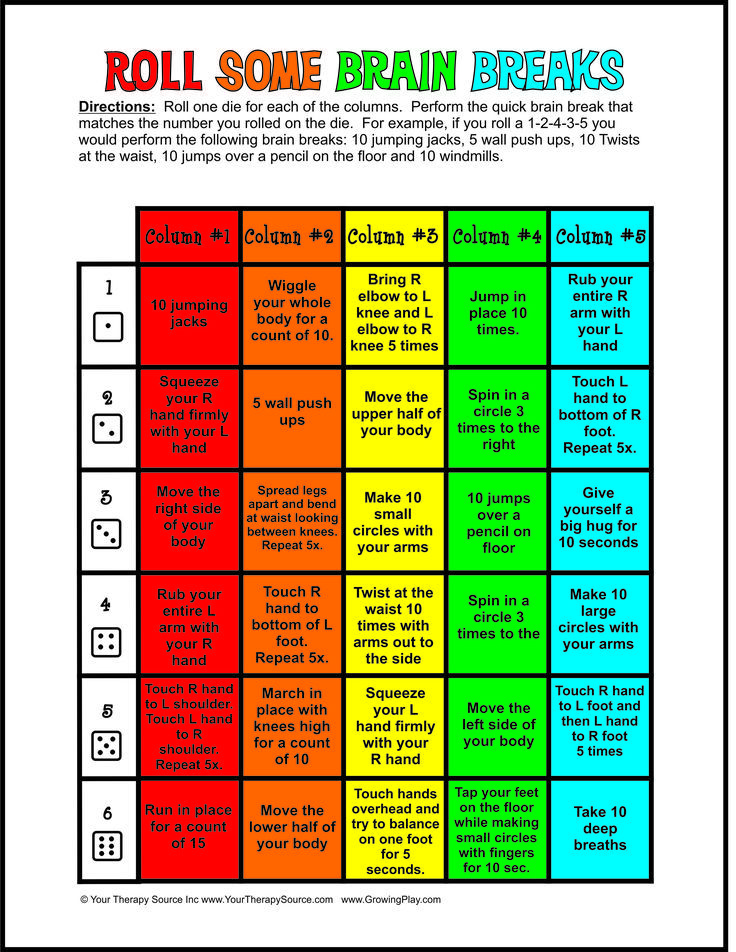
- Take a 10-minute brain break involving one set of 10 jumping jacks, six minutes of ball toss, then four minutes of stretching.
- Take a five-minute brain break by combining a dance routine with copy cat.
- Exercise Simon Says! Combine the "Big Four" with Simon Says for a fun 10-minute brain break.
Social-Emotional Brain Break Ideas
11. Yoga
Yoga has many benefits, such as reducing student anxiety and improving emotional regulation, strength, and flexibility. Yoga routines are also becoming more and more common in classrooms, so why not hop on the trend too? Be sure to try out different poses, such as downward dog, tree pose, star pose, and more, to add some variety to your routine!
Action For Healthy Kids has a great page dedicated specifically to children's yoga!
12. Mindful Breathing
Like yoga, mindfulness is another exercise that has become more common in schools, and for good reason - mindfulness is a powerful SEL tool for children of all ages and has many benefits.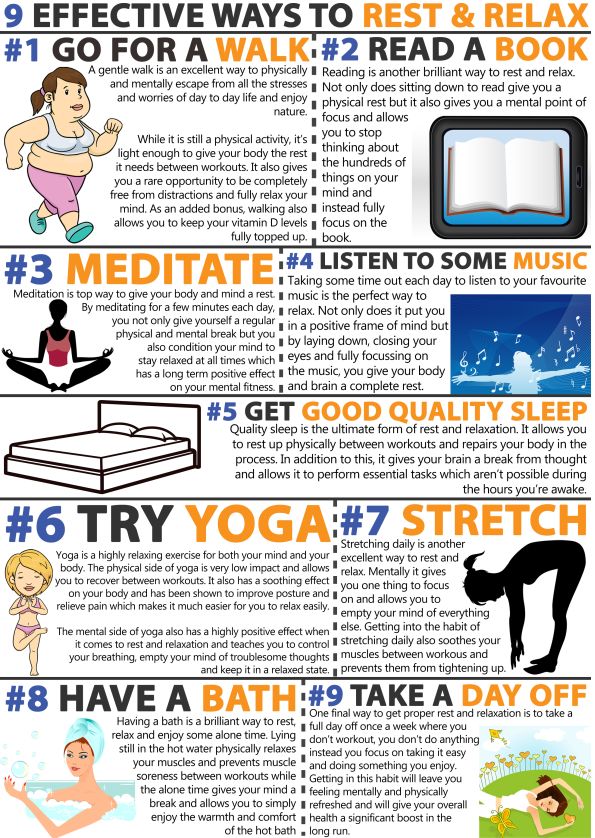 Mindful breathing, in particular, is a great way for kids to practice mindfulness, so try these different types of mindful breathing exercises for your brain break:
Mindful breathing, in particular, is a great way for kids to practice mindfulness, so try these different types of mindful breathing exercises for your brain break:
- Breathe in, breathe out. This is the simplest form of mindful breathing. Simply breathe in, hold for three seconds, then breathe out. Take another deep breath, hold for three seconds, and then breathe out.
- Deep Breathing. Simply breathe in as deep as you can, hold for three seconds, then breathe out all the air you can. There is no need to hold between sets; once you've exhaled all the air in your lungs, start again.
- Breathing as is. Also called Shamatha breathing, this exercise is meant to connect you with the natural inhale/exhale of your breath. There is no special breathing method required - everything is natural.
- Alternate Nostril Breathing. Inhale through your left nostril, then take your ring finger and close your left nostril. Exhale through your right nostril.
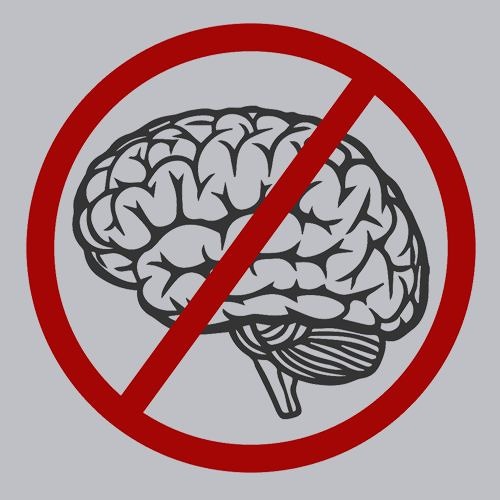 After a few minutes, alternate to breathe in through your right nostril and exhale through your left.
After a few minutes, alternate to breathe in through your right nostril and exhale through your left.
A great explanation of five different kinds of breathing can be found via Everyday Health.
13. The Senses Game
The senses game is a fun little sensory-based activity where your students can explore their five senses. It combines mindfulness with the five main senses - sight, touch, taste, smell, and hearing - and allows your kiddos to re-center themselves at the same time.
Simply pick an item around the room, then have your kiddos identify that item with their eyes. Next, have them close their eyes and take a deep breath - what do they smell? Third, have them eat a snack and really taste the food. Let them think about it for a bit. Fourth, have them touch their clothes or any item nearby - what does the desk feel like? Is it warm, cold? How about their clothes? Is there something on their clothes, like a bead or a sparkle? Finally, have them close their eyes and listen to the sounds of the school building.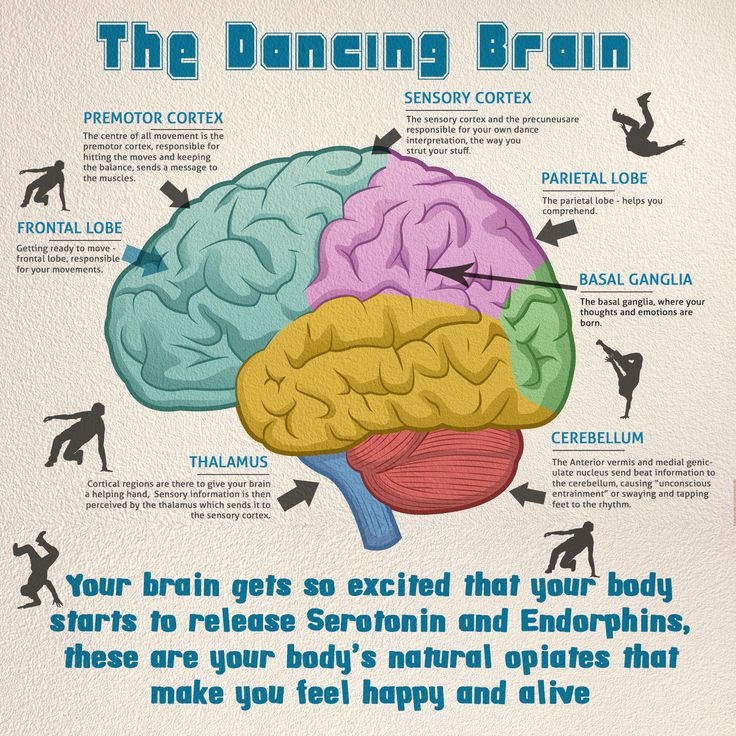 Can they hear any unique voices?
Can they hear any unique voices?
14. Indoor Peace Path by Soul Shoppe
The Peace Path by Soul Shoppe is an excellent social-emotional tool that is designed to stop conflicts before they happen. It comes as a playground stencil, but Soul Shoppe has also provided an excellent guide you can use to create your own peaceful brain break. Why not take a few poly spots (or pieces of paper) and walk through the Peace Path in your mind's eye? Set the children up in groups of two (or even larger teams) and guide them with Soul Shoppe's fantastic conflict resolution tool.
The Peace Path is also a great add-on to sensory pathways, sensory hallways, or sensory corners. For more info on sensory pathways, check out our blog post "Sensory Pathways: What the heck are those?"
15. Break the ice
Icebreaker activities are great for kids, even if you're in the middle of the school year. As you're well aware, not all your students in class talk with one another; some might even have issues making friends.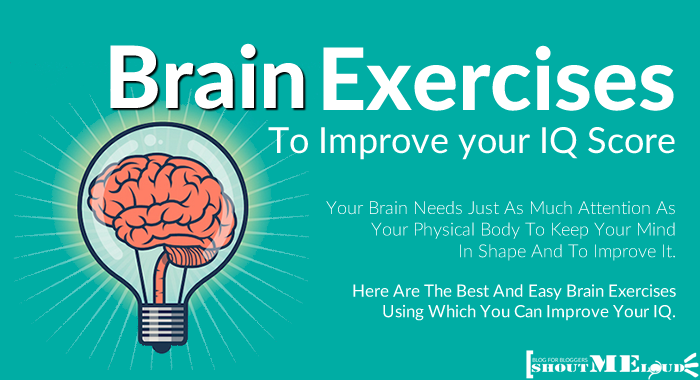 Icebreaker activities are a great way to bring your class together and make friends with one another. It's also a great extension of the Peace Path.
Icebreaker activities are a great way to bring your class together and make friends with one another. It's also a great extension of the Peace Path.
Need inspiration? Try these 13 icebreaker ideas!
Creative Brain Break Ideas
16. Arts & Crafts
Arts and crafts are always an excellent brain break idea, especially after attention-heavy lessons like math and reading. Arts and crafts provide an opportunity for kids to really stretch their creative muscles, too. You won't need an art room for this particular brain break, either - a few pens, colored pencils, and construction paper will do just fine. There's no need to break out the messy paint or sticky glue!
Try these Easy, 10-Minute Crafts for Kids via The Spruce Crafts.
17. Coloring books
Coloring books are another great creative brain break because it provides some sense of structure while also allowing kids some bit of autonomy (based on the colored pencils they choose).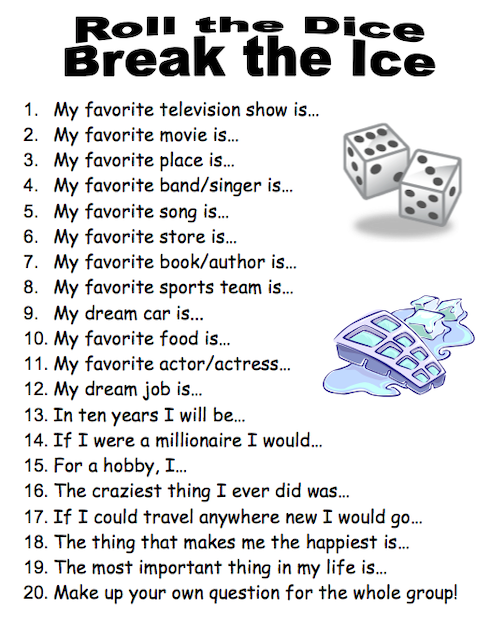 Keep a stack of coloring books in the classroom and give your kiddos a five to 10-minute brain break to color. Try and provide a wide range of coloring book options, such as fantasy adventures, popular superhero characters, animals, buildings, landscapes, etc.
Keep a stack of coloring books in the classroom and give your kiddos a five to 10-minute brain break to color. Try and provide a wide range of coloring book options, such as fantasy adventures, popular superhero characters, animals, buildings, landscapes, etc.
18. Journaling
Journaling is another excellent creative brain break idea. Buy a stack of cheap paper journals from your local arts & crafts store and have your kiddos put their names on them, then collect the journals after each journaling session. A journaling session needn't be long - five or 10 minutes will suffice - but it will give kids a chance to self reflect on their day. If your students need more hands-on attention, try providing them with a few writing prompts to get them started, such as these:
- How was my day today? What is one thing I think I did a good job on? What is one thing I think I can improve for tomorrow?
- What was the hardest lesson I learned in school today?
- What was my favorite part of today?
- What is one thing I'm looking forward to doing tomorrow?
- What was my favorite classroom lesson today?
19.
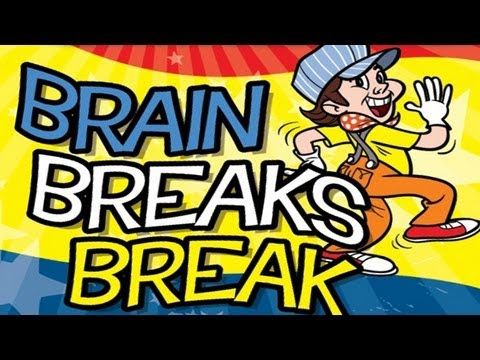 Play dough
Play doughPlay dough is another excellent creative brain break (it also happens to be an awesome item for your sensory bin!). Keep a few containers of play dough and let your kids construct whatever they wish. Do they want to build a castle? Awesome! How about create a Play dough family? Cool!
20. Make a sensory bin
Sensory bins are incredibly popular among the occupational therapy community. They are becoming increasingly common in classrooms too. A sensory bin is a bin made up of various stimulating items, such as marbles, sand, rice, sticky animals, stress balls, corn kernels - anything really - and can be easily stored and used at will. Every classroom should have a sensory bin!
Little Bins, Little Hands has a great guide on how to create your own sensory bin.
Updated 3/24/2022
50 Educational Brain Breaks that Your Students Will Love!
Topic: Classroom Management,Healthy Students,Sponsored
Quick, easy activities to help kids re-energize, refocus and give their brains a boost.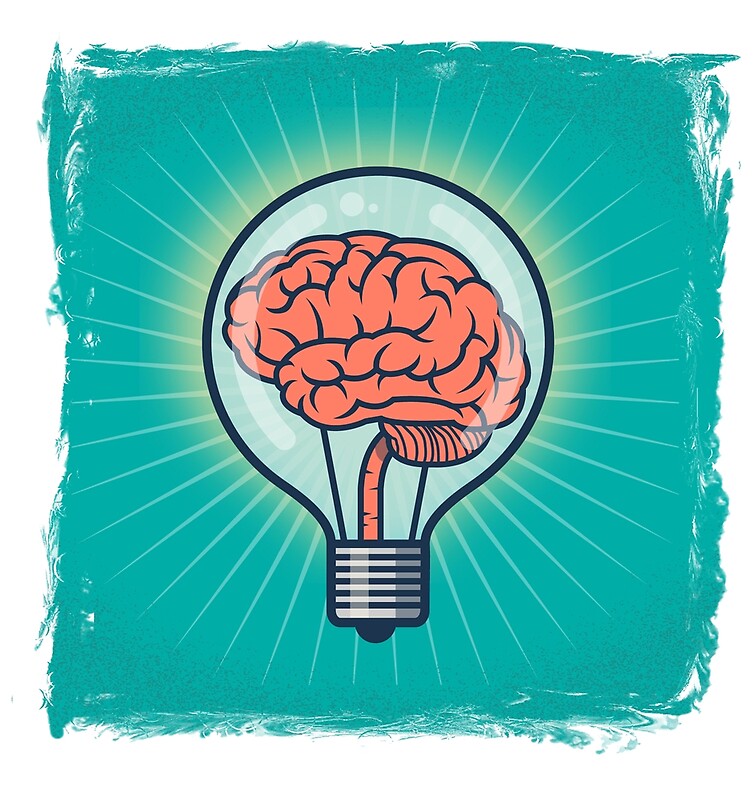
Brought to you by Sanford fit
Brought to you by Sanford fit
Looking for movement ideas for your kids? Sanford fit has hundreds of free resources—like brain breaks, lessons, and videos—to help kids make healthy choices inside and outside of the classroom. See them all >>
Whether kids are learning at home or in the classroom, it’s important to build time into schedules for brain breaks. Maybe they need a movement break to get the wiggles out? Or a quiet moment to just stay still? Research shows that giving kids frequent brain breaks to reset their energy level improves their ability to focus, retain more, and stay on task. Here are 50 of our favorite educational brain breaks that are sure to increase productivity and give your kids a much-needed break. Almost every one of them can be done individually and safely by maintaining at least 6 feet between learners!
1.
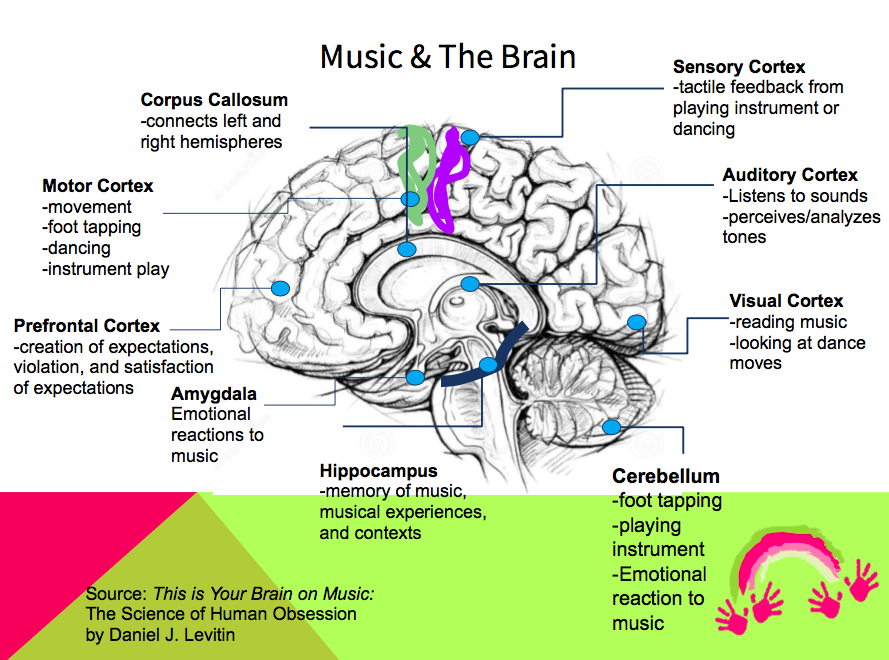 Use fitBoost for a 3 minute break
Use fitBoost for a 3 minute breakThere are so many great educational brain breaks out there. This is why we love this amazing free resource from Sanford fit. Click “Let’s Go!” and you’ll get three fun moves designed to get your kids warmed up, moving, and cooled down—perfect for physical fitness and mental alertness. Plus, there are easy-to-print cards with dozens of action-packed brain breaks to have on hand.
2. Practice “focus ball” breathing
Walk your kids through the following exercise: Stand or sit with legs and feet together. Bring your palms together in front of your chest. Keep your fingertips touching as you pull your palms apart, forming a ball with your fingers. Press your fingertips together until you feel the muscles in your hands and arms activating. See if you feel your core tighten too. Now close your eyes and as you breathe in, inflate your ball and as you breathe out, flatten the ball by pushing your palms together. (Then repeat these instructions for 60 seconds).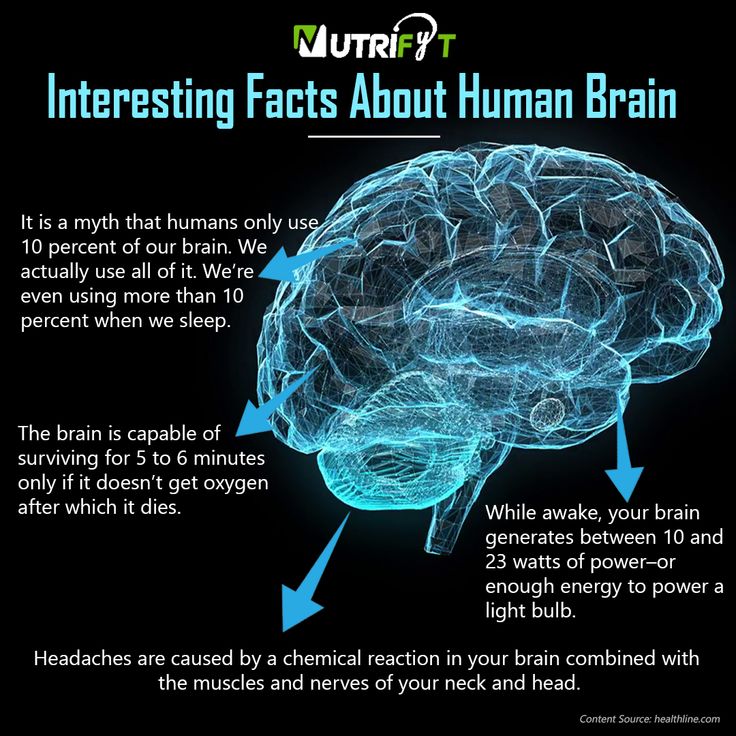
3. Try the old Ear-Nose Switcheroo
This is a quick and easy challenge to reset the brain. Instruct kids to touch their left ear with their right hand and at the same time touch their nose with their left hand. Then have them switch their hands and touch their right ear with their left hand and their nose with their right hand. Switch back and forth a few times. Then have them close their eyes, take a deep breath, and blow it all out.
4. Take a yoga break
Inspire kids to move, stretch, and practice mindfulness with fitFlow yoga. This activity makes incorporating yoga breaks easy with 22 printable cards, each with pictures and descriptions of 4 yoga poses. And don’t worry—it’s not a huge time commitment. The sequence on each card is designed to take only 3-5 minutes. See it in action here.
5. Just jump!
Sometimes kids just need to bounce their energy out. Have them pretend they are bouncing on a mini-trampoline (this will keep their movement on a vertical plane instead of all over the room) and give them a couple of minutes to let loose!
6.
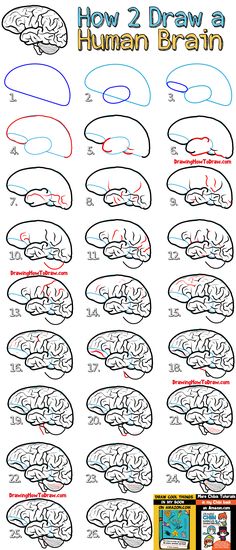 Take a cue from the stadium
Take a cue from the stadiumHere’s one for a group of kids—start the wave! Beginning at one end of the room, kids stand up and throw their arms overhead, bringing them back down as they return to their seats. Each row follows until you reach the other end of the room. Amp it up by encouraging your kids to tap their feet or tap their hands on their legs so that they are in constant motion. This activity works great on Zoom too!
7. Stretch it out
Source: Mom Junction
It’s never a good idea to spend too much time sitting in one position. Allow kids to take a break and bring some flexibility back into their spines. Have them stand with their feet shoulder-distance apart. Put their left hand on their hip and raise their right hand overhead. Lean to the left and stretch their arm as far as they can to the left. Repeat on the right side. Then stand tall and slowly roll down one vertebra at a time until their hands reach the floor (or at least their shins). Have them take a deep breath then slowly roll back up.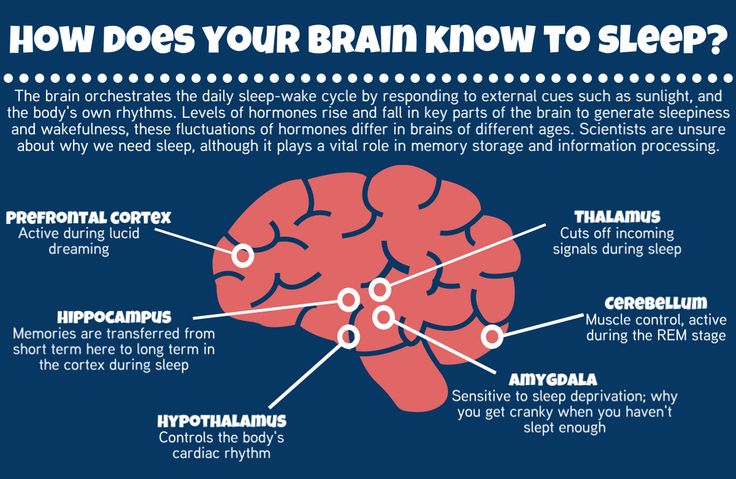 Repeat as necessary.
Repeat as necessary.
8. Stir the pot
Have kids visualize they are standing in front of an enormous cauldron. Inside the cauldron is an ooey-gooey pot of caramel. Take hold of a large stirrer and plunge it to the bottom of the pot. Slowly begin to stir in a clockwise direction. Have them use their whole body to help get a full range of motion in their wrists and shoulders. Instruct them to throw their hips into the action. After a minute or two, reverse the direction.
9. Make it rain
Conjure up a rainstorm! Sitting or standing at a desk or table, have kids tap 1 finger on the desk, then 2, then 3, then 4, then their whole hand until you all feel like you’re in the middle of a deluge. Work your way backward from 5 down to 1 as the storm ebbs away.
10. Focus on sound
Have kids sit quietly with their eyes closed. Ring a chime or gong. Have them listen carefully to the chime, feeling the vibration in their body as the sound reverberates and then slowly fades.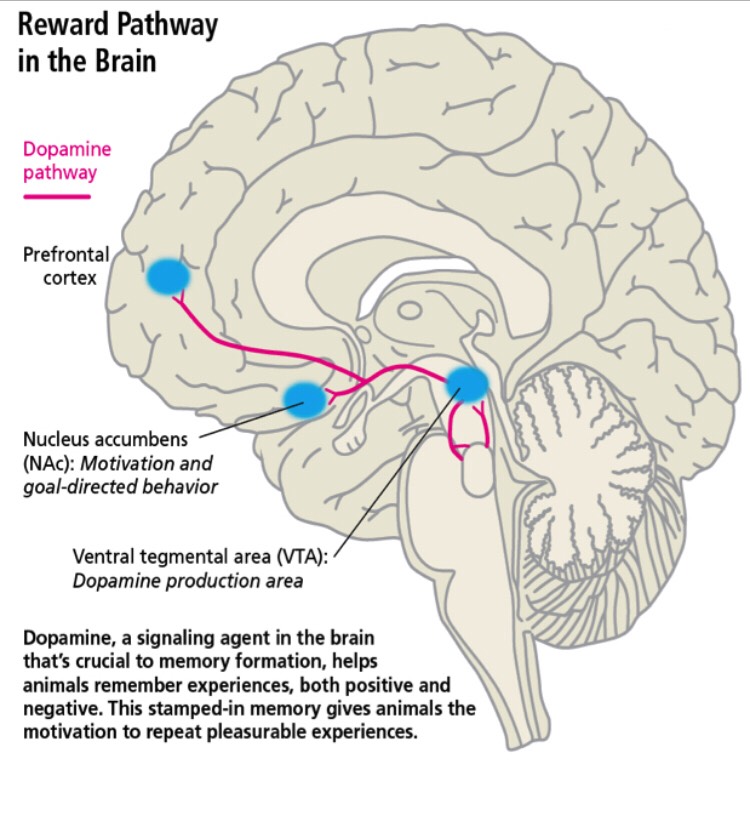 Tell them to breathe slowly and deeply as they focus on the sound.
Tell them to breathe slowly and deeply as they focus on the sound.
11. Practice mindfulness
These free printable cards are a great thing to keep in your desk. Each card will give a prompt for kids to try that will let them refocus and recharge. Perfect for moments when you need to bring down the energy in the room.
12. Chill out with this cross-body exercise
Have kids stand tall and cross one leg in front of the other while pressing the outsides of their feet together. Now have them cross their arms over one another at the wrists. Clasp their hands and curl their arms into their chest. Take a few breaths, uncross and cross the opposite way for a few more breaths.
13. Or energize with these
First, instruct kids to touch their left elbow to their right knee, then touch their right elbow to their left knee. Switch back and forth, going slowly at first, building speed until they are going at a vigorous pace. Next, do some windmills by standing tall with their feet shoulder-width apart, and their arms stretched out.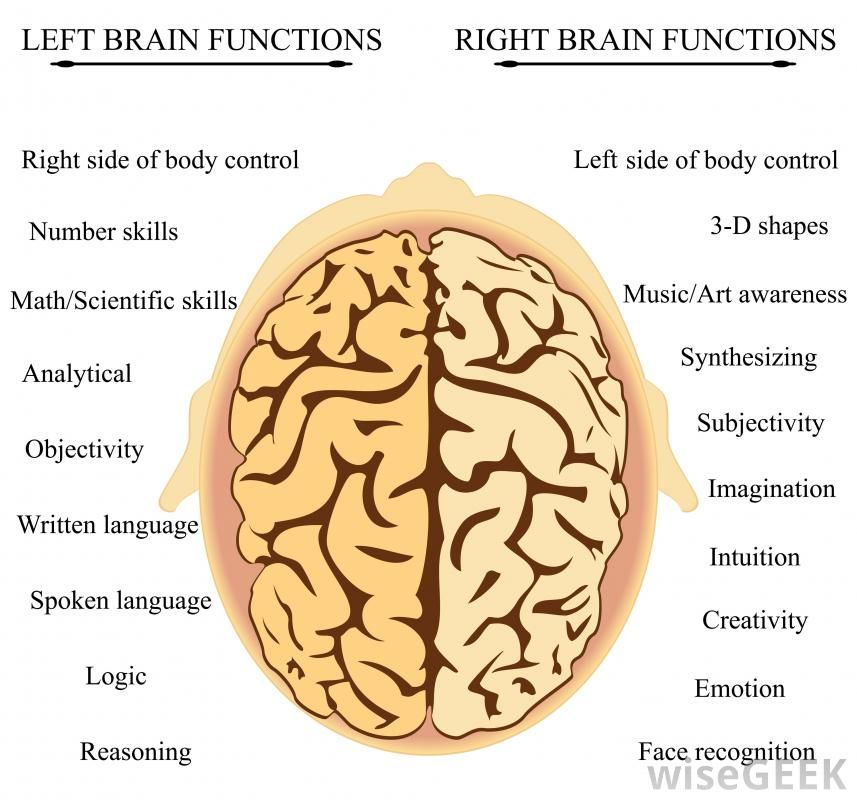 Bend at the waist and touch their right hand to their left toes, then their left hand to their right toes. Switch back and forth.
Bend at the waist and touch their right hand to their left toes, then their left hand to their right toes. Switch back and forth.
14. Make lesson plans mobile
Source: @sanfordfitkids
Incorporate movement into classroom activities to keep the learning fresh.
15. Make Xs and Os
Walk kids through the following exercise: Sitting in a chair with your feet on the ground and legs together, curl your body into your lap, folding yourself into a tiny O shape. Next, open your arms and legs wide, forming an X shape with your body. Pull back into an O shape, then back out to an X shape. Repeat three times.
16. Energize in 5, 4, 3, 2, 1
Get hearts pumping with a quick sequence of exercises. Call out 5 actions for your students to do as quickly as they can. For instance, 5 jumping jacks, 4 push-ups, 3 situps, 2 squat jumps, and 1 tree pose.
17. Practice another language
Photo credit/ASL Alphabet
Teach your kids the alphabet in sign language. Use brain breaks to practice by singing the ABCs while signing the letters. Then practice vocabulary words by spelling them out loud while signing the letters.
18. Take a cruise on an imaginary skateboard
Have your kids line up next to a wall and place one hand on the wall. Tell them to plant the foot closest to the wall and swing the other leg, as if pushing off the ground on a skateboard. Start slowly, with tiny swings, moving up to power pushes. Repeat on the other side.
19. Find out how it’s made
Remember that classic Sesame Street video about how crayons are made? We watched in awe as crayons rolled off the assembly line, wrapped in paper, and then slipped into those familiar cardboard boxes. Kids today are just as fascinated by how things are made! Here are our favorite videos about how things are made—from fireworks to LEGOs.
20. Break out the hot hands
This is a good break when you sense a weariness in the air. Have kids rub their hands together vigorously until they warm up.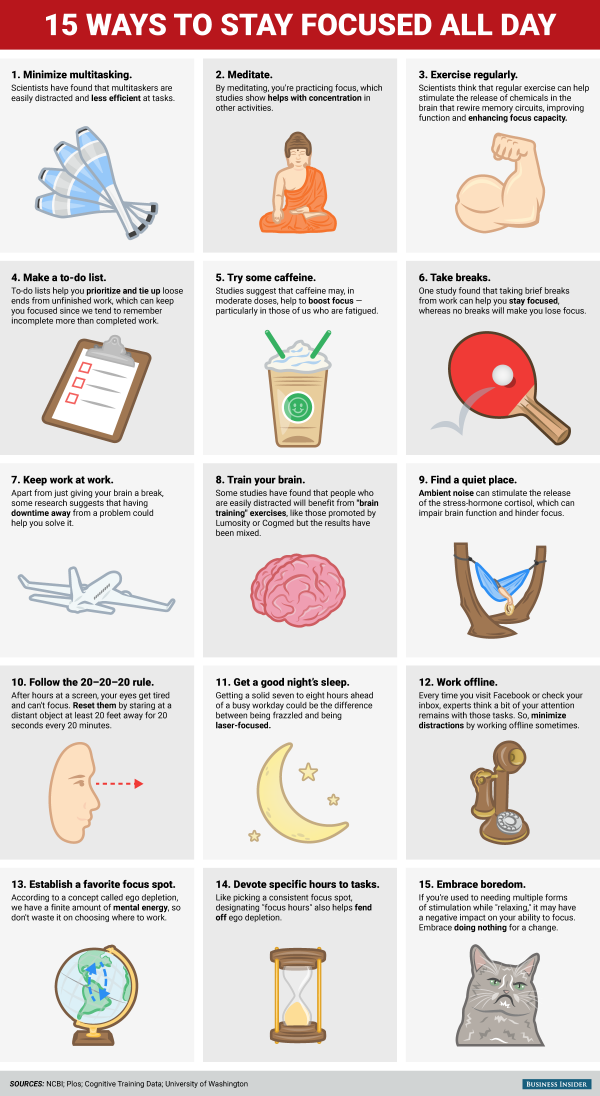 Tell them to close their eyes and place their hands over their eyes. Instruct them to breathe deeply as they clear their mind and refocus.
Tell them to close their eyes and place their hands over their eyes. Instruct them to breathe deeply as they clear their mind and refocus.
21. Take a break to groove
Music is a great way to reset the mood in a room and raise the energy level. Put on a fun song and have a 30-second freestyle dance party. Here are some kid-friendly music playlists.
22. Or take it to the next level
Teach your kids the steps to popular dances such as the Cha-Cha Slide, the Macarena, or the Kidz Bop Shuffle.
23. Try some facial gymnastics
Have kids get their silly on for 30 seconds. Tell them to wiggle their eyebrows up and down as fast as they can. Then try to raise one eyebrow at a time.
24. Open your chest
Source: @sanfordfitkids Open Your Chest Brain Break
We spend so much of our day hunched forward. Have kids take a break to open their chests and breathe deeply.
25. Take a doodle break
According to researcher Mary Helen Immordino-Yang, downtime is essential for brain health. Kids need time for their growing brains to integrate and process the vast amount of information they receive each day. In other words, it is actually beneficial to give our kids time to allow their minds to wander. Try this: Set a timer for 3-5 minutes and let kids silently doodle with pencil and paper or a dry erase board and marker while soft, calming music plays in the background.
Kids need time for their growing brains to integrate and process the vast amount of information they receive each day. In other words, it is actually beneficial to give our kids time to allow their minds to wander. Try this: Set a timer for 3-5 minutes and let kids silently doodle with pencil and paper or a dry erase board and marker while soft, calming music plays in the background.
26. Do nothing for two minutes
Never underestimate the power of stillness. When the energy gets a little ramped up, and it’s time for the entire class to take a pause, have them drop everything and glue their eyes to the screen as you show this countdown. The gentle lulling of the waves and the sight of the sun sparkling off the water will reset their nervous system in a jiffy.
27. Clap for a little call and response
Pep things up with a little call and response clapping. It’s simple to do and is often used in the classroom to get students’ attention. Simply clap out a pattern that your kids will repeat back to you. Switch out the pattern a few times until everyone is focused and engaged. Alternatively, try a vocal call and response. Sing out a few riffs and have kids echo the tune back to you.
Switch out the pattern a few times until everyone is focused and engaged. Alternatively, try a vocal call and response. Sing out a few riffs and have kids echo the tune back to you.
28. Take a comedy break
Comedy is a great release when the atmosphere is feeling a little intense. Show a funny video clip or have kids volunteer to tell a joke or pose a few silly riddles.
29. Color yourself mellow
Even grown-ups have picked up on the coloring craze as an excellent way to calm down and zone out. Put on some nice mellow background music, set a timer, and pass out some of these free positive self-talk coloring pages.
30. Make a brain break spinner
How to Make a Brain Break Spinner
How's this for a brain break during the day?!
Posted by Sanford Fit Kids on Friday, January 4, 2019
One way to make sure educational brain breaks are effective is to change up activities.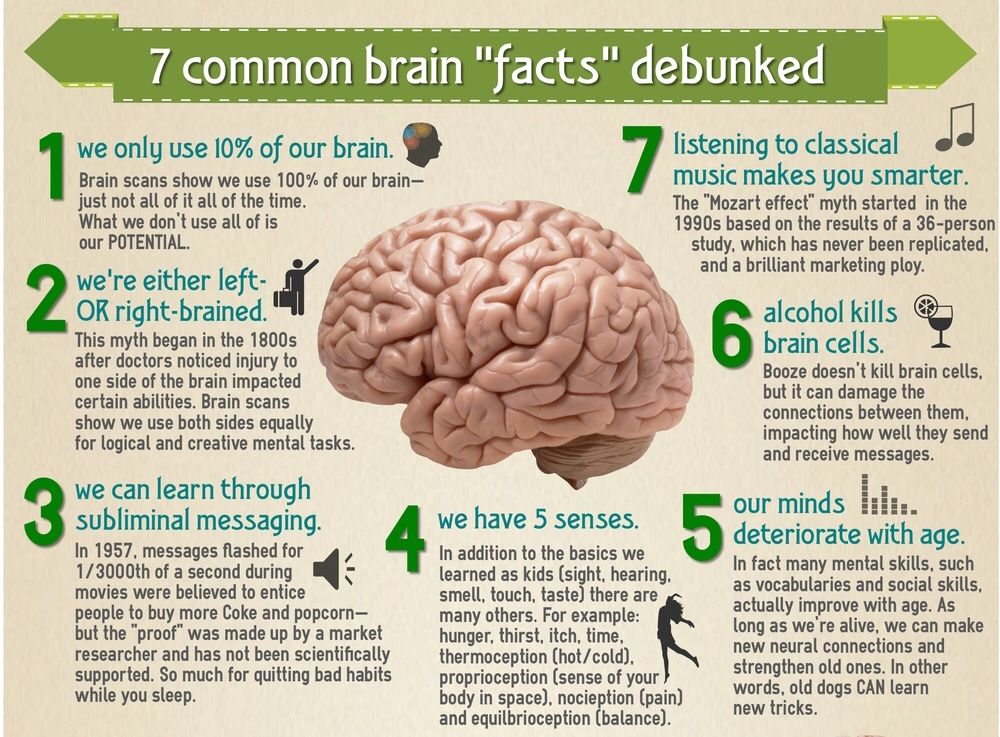 Check out this step-by-step video from Sanford fit that shows you how to make your own Wheel of Fortune-type game to help you add variety to brain breaks!
Check out this step-by-step video from Sanford fit that shows you how to make your own Wheel of Fortune-type game to help you add variety to brain breaks!
31. Write it out
Don’t underestimate the power of journaling or creative writing. Give your kids a 5- or 10-minute break to open up a page of their notebook and write about anything they’d like. They don’t have to share it with the class or do anything else with it; just use the quiet time to focus on something they love and want to write about.
32. Ramp up with a round of cherry pickers
This easy activity will get your students’ hearts pumping and give their brains a boost. Have them jump up off the ground, then down to the floor into a push-up position. From there, instruct them to hop their feet up into a frog position, then pop up to a standing position.
33. Clap on, clap off
When you say “clap on,” kids clap their hands vigorously together. When you say “clap off,” they stop as quickly as they can and freeze. Or follow along with this fun video.
34. Skip it out
When the energy is fading, and kids need to get their blood flowing, put on a peppy song and pull out the imaginary jump ropes. Have kids skip or jump rope in place until the song ends.
35. Spread your wings (in slow motion)
Walk your kids through this winged movement: Sit cross-legged on the floor. Stretch your arms down by your sides with your palms facing inward toward your body. Slowly raise both arms while rotating hands forward. When your arms reach shoulder level, your hands should be facing forward. Continue raising arms, slowly rotating palms so that by the time hands are overhead, palms are facing each other.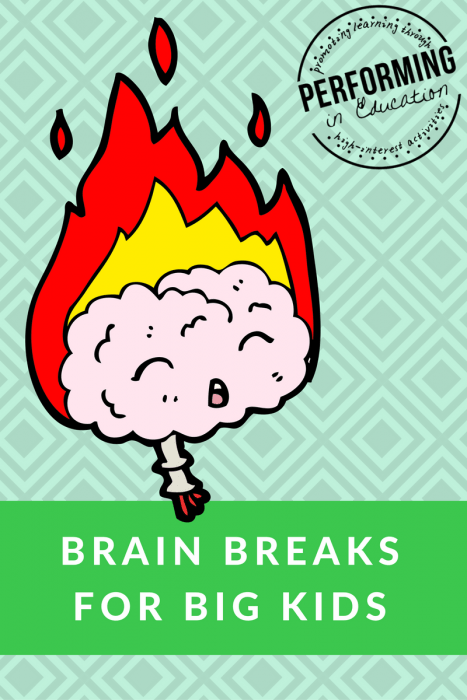 Slowly lower arms, repeating the rotation (palms facing each other, palms facing forward, palms facing sides) until they are once again resting at your sides. As you raise and lower your arms, stretch them as long as you can, as if you are scraping the sides of the room and the ceiling. Repeat slowly three times, breathing deeply.
Slowly lower arms, repeating the rotation (palms facing each other, palms facing forward, palms facing sides) until they are once again resting at your sides. As you raise and lower your arms, stretch them as long as you can, as if you are scraping the sides of the room and the ceiling. Repeat slowly three times, breathing deeply.
36. Exercise your answer
Source: @sanfordfitkids True or False Brain Break
This fun activity is an active community builder. Kids raise their heart rates while playing trivia.
37. Make like a blender
Tell kids it’s time to make fruit smoothies. Ask them to pretend they are in a blender and they are strawberries (or blueberries or bananas, etc.). Dramatically pour orange juice or yogurt into the air in front of you. Tell kids when you flip the switch that they need to wiggle and jiggle (separately, not together) until they are each individually blended up. Start with a slow speed, moving up to medium speed, fast speed, and finally turbo speed.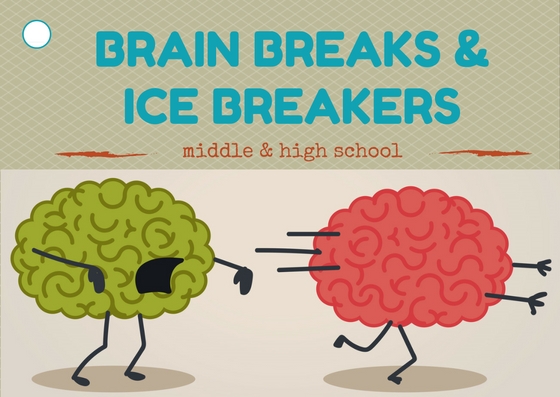 And then reverse it! Start at turbo speed and go back to slow speed.
And then reverse it! Start at turbo speed and go back to slow speed.
38. Celebrate with a silent cheer
This activity is perfect for the end of an activity or a sustained amount of work time—especially for kids who are learning remotely. Let kids stand up and silently cheer and gesture in celebration. How animated can they get?!
39. Do a full-body workout
This kid-friendly exercise video is great for your body and brain! Kids can follow along through a set of workout moves that will get their blood pumping.
40. Play popcorn
Students will all be sitting in their chairs, and at any time, a student can jump up and say, “Pop!” Once they do, that student remains standing. If two students pop up at the same time, everyone takes their seats, and the game starts over. How quickly can the entire class pop without having to start over?
41. Build a sensory pathway
These color-coded posters will take your kids through a different set of tasks to help them move, recharge and set their mood! Get the free set of posters from Sanford fit here.
42. Hit the wall
Pushing against a solid object is a good way to displace extra energy from your body. Have kids stand facing a wall with their arms stretched out in front of them, palms on the surface of the wall. Push the wall away with all their strength for a count of ten. Relax for five seconds, then push again. Other activities they can do at the wall include calf stretches and wall push-ups.
43. Try a cat/cow pose
Have kids start on all fours and then give them the following instructions to complete the cat/cow yoga pose: Place your shoulders over your wrists and hips over your knees. Arch your back to the sky and tuck in the tailbone. Let your head fall between your arms. From there, sink the belly towards the ground, and lift the chest and chin. Gently alternate between the two poses while breathing deeply.
44. Grab your favorite GIFs
Make a slideshow of your favorite GIFs and have your kids act them out. Funny animals are a good place to start!
45.
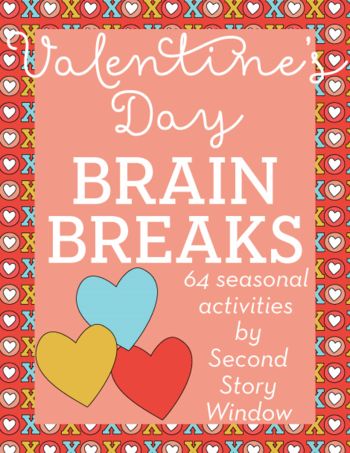 Find the object
Find the objectKids don’t even have to get out of their seats for this one, but they can! Have one student start by finding an object and saying, “I see something beginning with the letter [fill in the blank].” The first person to guess the item correctly gets to choose the next object. This can be a fun one to play on Zoom too! You can have kids add in additional clues to help.
46. 3, 2, 1 blastoff!
Instruct kids to stand and then squat down with their hands on the ground in front of them. All together, count down 3, 2, 1. When you get to zero, they should push up like a rocket, jumping as high as they can—letting all of their energy burst from their center.
47. Float with jellyfish
When you really need to take the energy in your room down a notch, turn off the lights, set a timer, and put on this amazing video. Kids will find themselves under the brilliant blue sea in the middle of a swarm of jellyfish. They’ll be mesmerized by the slow, fluid motions and lulled into calmness by the soothing music.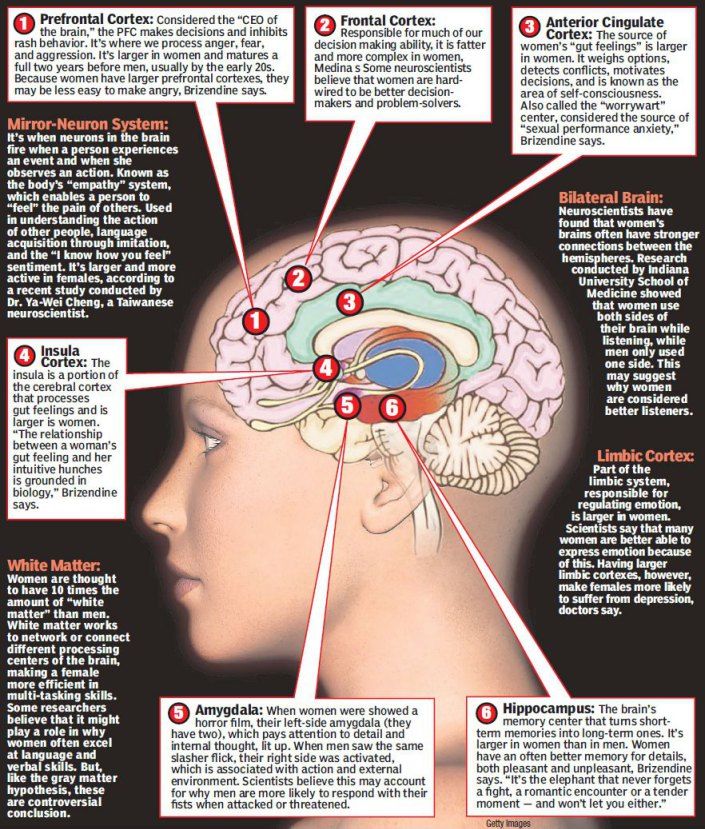
48. Quick as a snap, wink
Photo credit/Getty Images
This is a quick, easy refocusing activity. Tell kids to snap their left fingers while they wink their right eye. Switch to snapping their right fingers while winking their left eye. This activity is particularly effective for younger learners who may find both activities challenging.
49. Balance break
A great way to get kids out of their chairs is to practice balance. Have them hop on one foot. Then up the ante by having them stand on one foot and bend their other knee out in front of them.
50. Tabletop push-ups
Kids can use their desk, a chair, the side of their couch—anything really. Have them place their hands on the table and focus their eyes in the center, moving down slowly and pushing back up.
What educational brain breaks do you love? Sanford fit has some of our favorite brain break ideas that you can use in your classroom or at home.
How to increase productivity with breaks
The modern world moves at a tremendous speed.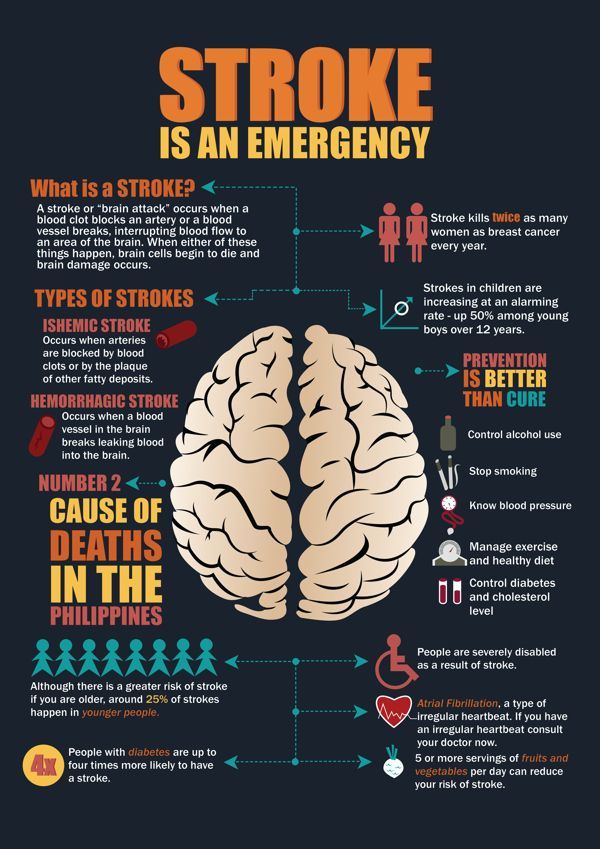 Many people are afraid to stop even for a minute and be left behind others. However, it is very important to learn how to take breaks: they help to relax, cheer up and positively affect productivity.
Many people are afraid to stop even for a minute and be left behind others. However, it is very important to learn how to take breaks: they help to relax, cheer up and positively affect productivity.
Breaks help to avoid decision fatigue
Decision fatigue is the decline in the quality of our actions due to the fact that we have had to make many decisions for a long time. Professors Jonathan Levav from Stanford University and Shai Danziger from Ben Gurion University found that this effect can lead to loss of concentration and procrastination. nine0003
The study found that judges were more likely to grant prisoners parole if they took a lunch break. If the judges worked for several hours straight, by the end of the day, the parole rate dropped to almost zero. Due to decision fatigue, the judges chose the option that required the least mental effort from them.
A hard day at work exhausts mental and physical resources.

This can lead to a desire to postpone important tasks scheduled for the afternoon. nine0003
Breaks keep you motivated for long-term goals
A study by psychologist Larry Rosen and neuroscientist Adam Gazzali found that prolonged focus on one task can reduce productivity. Alejandro Yerasa, a professor of psychology at the University of Illinois, says taking breaks helps you stay focused. He notes that during long tasks, you need to take short breaks - for example, when preparing for exams.
Breaks increase productivity and creativity
Breaks help you cope with stress and fatigue. In addition, moments of “insight” come precisely to those who arrange regular vacations.
Short walks during the break also improve creativity. Walking between mental tasks boosts creativity, according to a Stanford University study, as opposed to continuous sedentary work.
Taking proper breaks
Breaks are necessary, but it is important to do them right.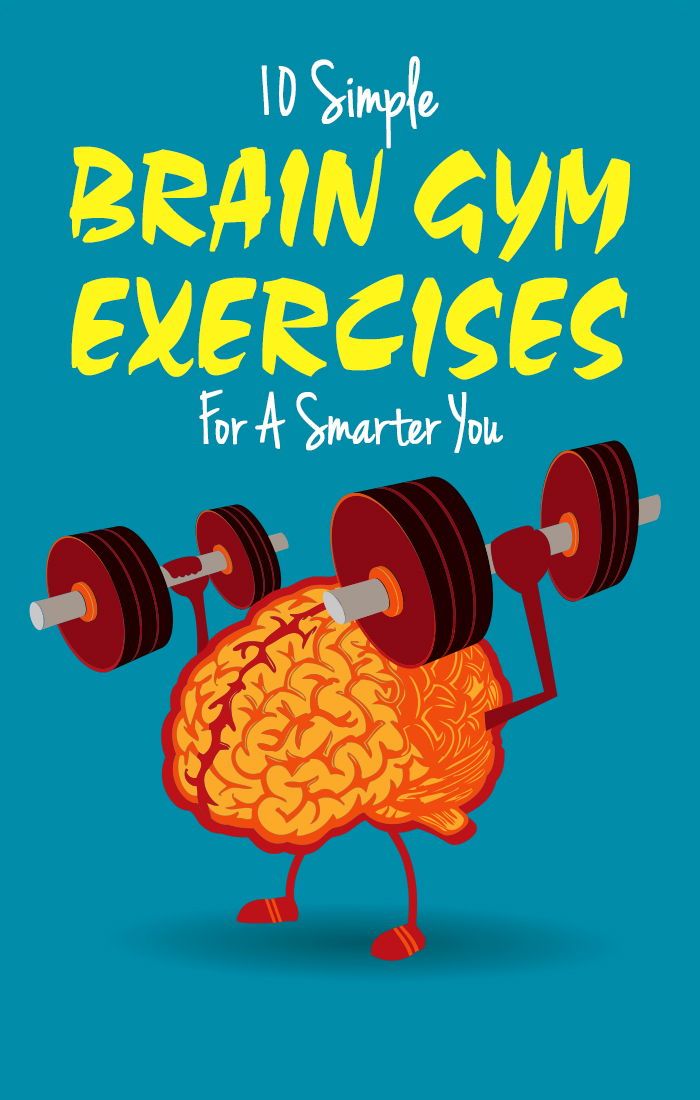 Not all reboot methods are beneficial. Browsing social media during a break can be counterproductive. Taking a break from social media only increases stress levels, according to a Huffington Post survey.
Not all reboot methods are beneficial. Browsing social media during a break can be counterproductive. Taking a break from social media only increases stress levels, according to a Huffington Post survey.
Here are some effective break options.
Physical activity
Physical activity during a break significantly improves concentration. Five-minute walking breaks during every working hour can boost your mood and reduce lethargy. Also, physical activity has a positive effect on concentration and can dull hunger. nine0003
Meditation
Meditation during a break is an effective way to reduce anxiety and increase brain activity. It is most useful to meditate after waking up, during lunch, at the end of the working day, and whenever stress arises.
Sleep
Taking a short nap will help you feel fresher and more energized. A study published in the journal Nature Neuroscience found that participants who took a half-hour nap while working were more alert than others.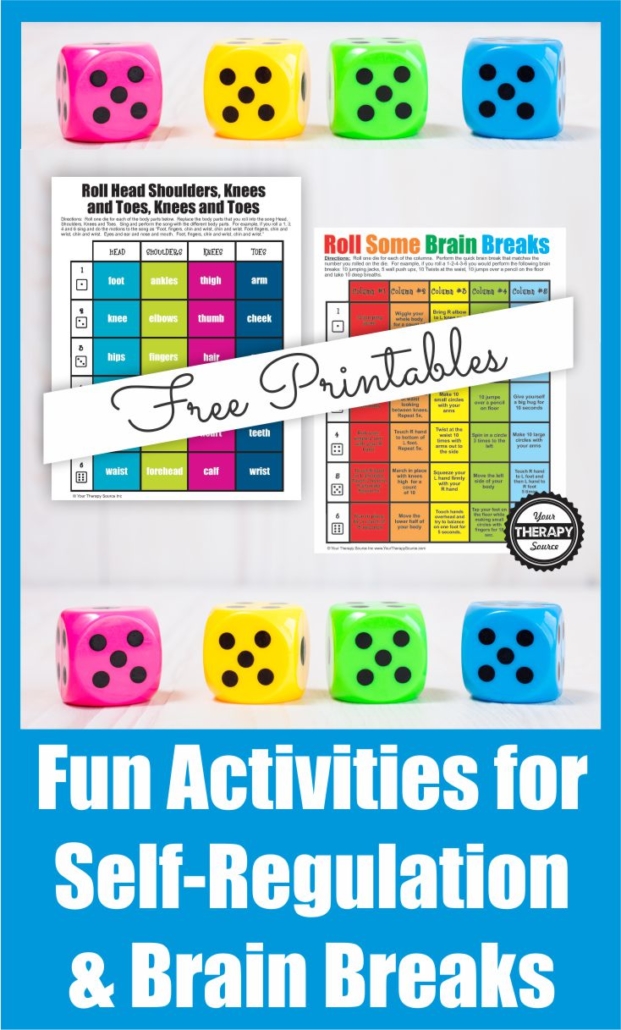 Sleeping for an hour was even more beneficial. nine0003
Sleeping for an hour was even more beneficial. nine0003
Healthy snack
Glucose is the main fuel for the brain, so a healthy snack during a break is never superfluous. Light yogurt, nuts, fruit, protein bars or juice are ideal options for a healthy break.
Coffee
Coffee is a good way to recharge. A small dose of caffeine helps keep you active and focused on tasks. However, it is important not to consume too much coffee and not to drink it in case of contraindications. nine0003
When to take breaks
Researchers have different opinions about when to take breaks:
- scientists at the University of Illinois recommend taking breaks every hour;
- the Desktime time tracking app allocates 52 minutes for work followed by a 17-minute break;
- According to the "pomodoro" method, it is recommended to work for 25 minutes followed by a 3-5 minute break, and then take 15-30 minute breaks every 90 minutes.

The frequency of breaks also depends on the individual and the type of work to be done. Try to take a break at least every 90 minutes. However, if your concentration starts to decline earlier, you can take a short rest every 20 minutes.
Source.
Cover photo: aanbetta / Shutterstock
Traumatic brain injury - signs, symptoms, who treats, who treats
Traumatic brain injury (TBI for short) occurs as a result of a blow to the head. Damage can be penetrating (for example, gunshot) and non-penetrating (after a fall or traffic accident). TBIs are also classified according to severity. They are mild (pass in a few days) and severe (cause irreversible brain damage and even death). Traumatic brain injuries are the most common cause of disability and death. Moreover, the statistics cover both adults and children. nine0003
Types of traumatic brain injury
The severity of TBI is determined by several factors: loss of consciousness, neurological symptoms, memory loss, and abnormalities in the brain tomogram.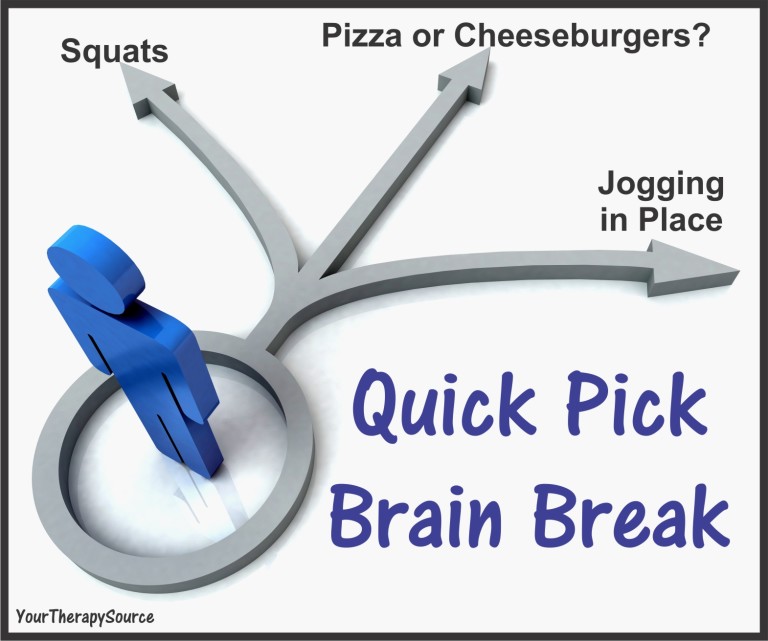 Thus, doctors classify injuries into the following categories:
Thus, doctors classify injuries into the following categories:
- Mild concussion. This is the most common type of injury, characterized by short-term changes in consciousness, a feeling of dazedness, or loss of consciousness for less than half an hour. During the day, patients with mild concussions may complain of confusion, problems with attention and memory. nine0068
- Moderate TBI. The injury is associated with loss of consciousness for a period of half an hour to a day. Mild disturbances of consciousness can last up to a week.
- Severe TBI. In this case, patients lose consciousness for more than a day. Another characteristic sign of damage is changes in the brain on the tomogram.
- Uncomplicated TBI. The results of CT and MRI remain normal, regardless of the severity of the injury. CT of the head and MRI of the brain are normal, regardless of mild, moderate or severe. nine0068
- Complicated TBI: CT and MRI show changes in the brain (for example, bleeding).
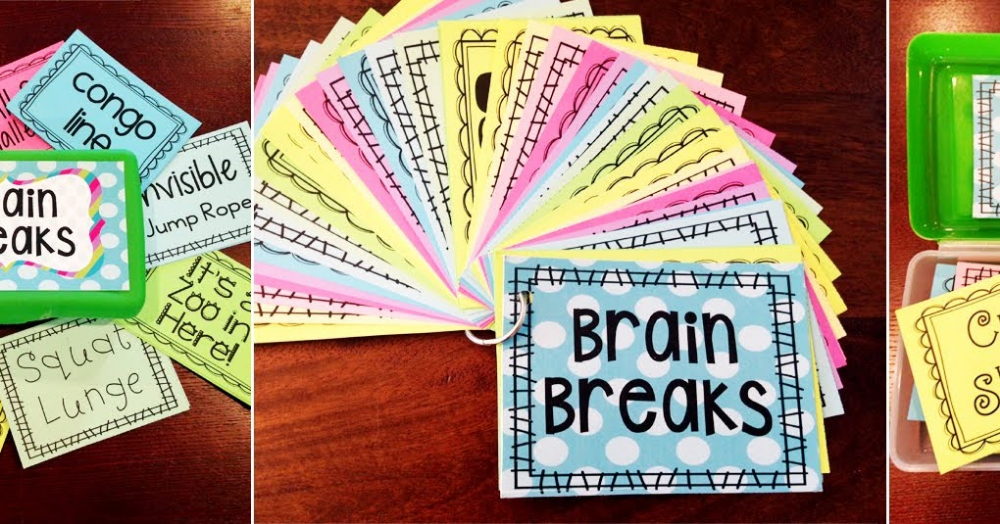
- Closed traumatic brain injury. Most damage remains closed. An external force leads to traumatization of the brain, but penetration into the skull does not occur.
- Open traumatic brain injury. Otherwise, such a TBI is called penetrating, since it is characterized by the penetration of traumatic objects into the skull. This usually occurs when a bullet hits, due to serious accidents or falls from a great height. nine0068
- Non-traumatic traumatic brain injury. Also, this type of injury is called hypoxic or anoxic. They occur as a result of a stroke, a severe attack of epilepsy, or as a result of suffocation. Incidents lead to cerebral hypoxia - lack of oxygen in the brain.
Causes of TBI
After receiving a strong blow to the head, the brain tries to compensate for the injury, which leads to chemical and energetic changes in its work. Changes, in turn, cause confusion, increased photosensitivity and headache. With mild TBI, the disturbances are short-term and do not cause irreversible damage to the main organ of the central nervous system.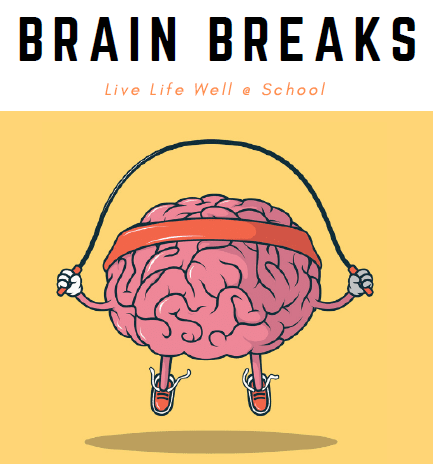 With more severe injuries, negative changes persist longer, and in the worst case, are irreversible. The brain can swell and expand inside the skull, resulting in larger lesions. nine0003
With more severe injuries, negative changes persist longer, and in the worst case, are irreversible. The brain can swell and expand inside the skull, resulting in larger lesions. nine0003
Most traumatic brain injuries are caused by falls. Statistics say that the majority of patients are elderly people over 65 years old, as well as young people under 17 years old. In addition to falls, brain damage is caused by:
- Domestic violence, child abuse and shaken baby syndrome
- Gunshot wounds, including suicide attempts
- Car accidents
- Sports or work injuries. nine0068
Symptoms of traumatic brain injury
Symptoms of traumatic brain injury vary depending on the severity of the injury. The key sign of damage is the fact of loss of consciousness. Some people report a feeling of stupor for several minutes after the injury. In severe cases, the patient may fall into a coma or a persistent vegetative state.
For mild head injuries, people may experience few or no symptoms until they begin work or exercise.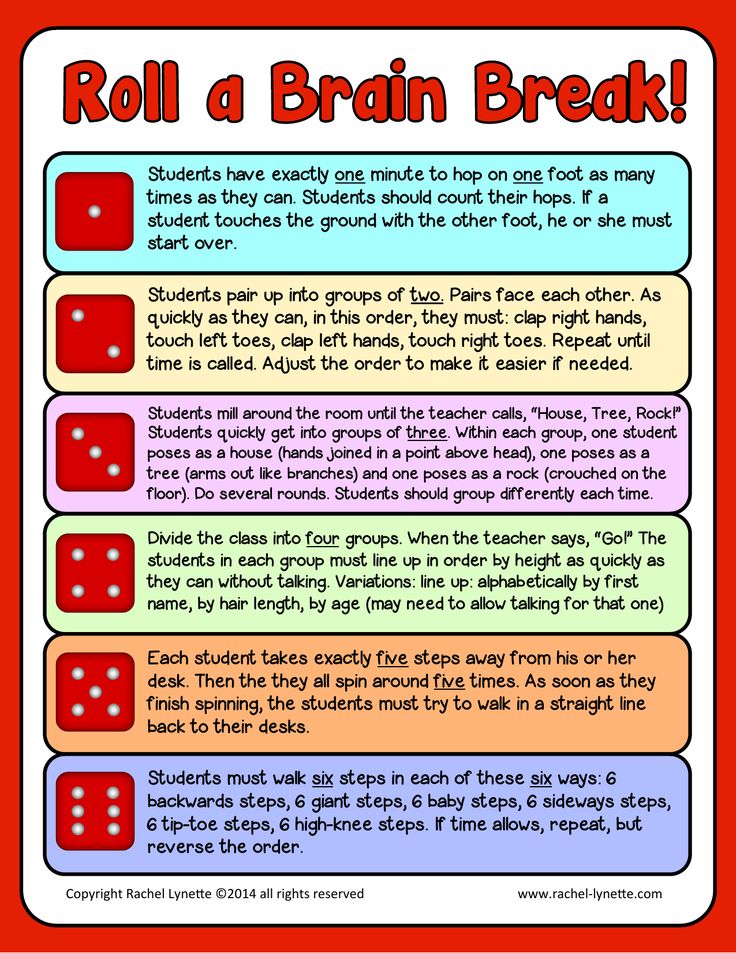 nine0003
nine0003
The most common signs of brain injury include:
- Changes in behavior or mood
- Confusion or memory problems
- Convulsions
- Dilated pupils or blurred vision
- Dizziness, fainting or fatigue
- Headaches
- Nausea and vomiting
- Excited and restless state
- Hypersensitivity to light and smells
- Sleep too short or too long
- Slurred speech.
Infants and children with traumatic brain injury may:
- cry without stopping
- refuse to eat, drink and breastfeed.
Risk groups
Every person on earth is subject to traumatic brain injury, but almost 80% of clinical cases occur with males. People over the age of 65 are especially susceptible to brain damage. In old age, a person becomes prone to loss of balance, which leads to falls and bumps to the head. The situation is similar with young children. nine0003
There are also several categories of patients who are more susceptible to trauma due to the type of employment. These are:
These are:
- Athletes (both amateur and professional)
- Builders
- Conscripts, police and law enforcement officers.
How a doctor makes a diagnosis of traumatic brain injury
Diagnosis of traumatic brain injury begins with an examination and a question about disturbing symptoms. Also, the traumatologist will need information about the causes that provoked the injury. To clarify the diagnosis, the following studies are prescribed:
- Neurological examination. A neurologist who specializes in working with diseases of the brain checks the patient's mental functions (memory, thinking), body functionality (balance, reflexes and coordination) and sensory functions (hearing/vision).
- Imaging studies. For this, computed tomography of the brain and magnetic resonance imaging of the brain are used. With their help, doctors establish the fact of internal hemorrhage in the brain. nine0091 Blood test. The BTI indicator allows you to find blood proteins that indicate a concussion or mild TBI.
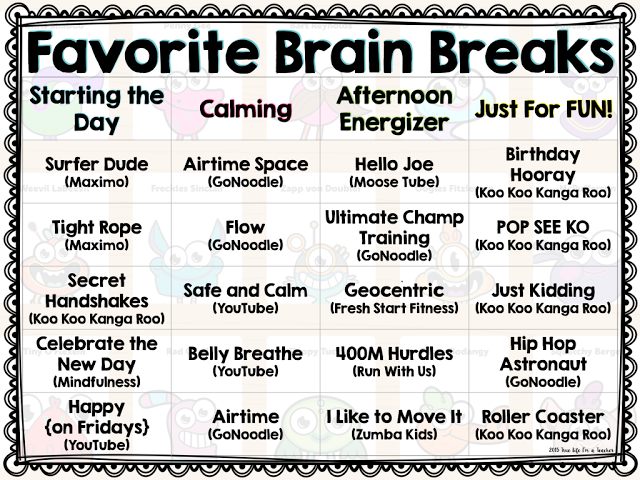
How a Doctor Treats Traumatic Brain Injury
Mild TBI requires minimal treatment. The patient is recommended home care, a short break from sports, study and work. With a calm rhythm of life, the symptoms will disappear in a few days. Severe traumatic brain injuries usually require inpatient and more intensive treatment. nine0003
Regardless of the severity of the injury, the therapeutic plan may include:
- Emotional support. Many people are stressed and worried about their recovery. Many patients feel that it becomes more difficult to return to daily activities after an injury. Therefore, psychological assistance is one of the most important aspects of treatment.
- Surgery. As a rule, it is used to stop intracranial hemorrhage and reduce pressure resulting from cerebral edema. nine0068
- Rehabilitation. We are talking about the restoration of physical, speech and professional functions.
- Rest. The term of home care is determined by the attending physician.
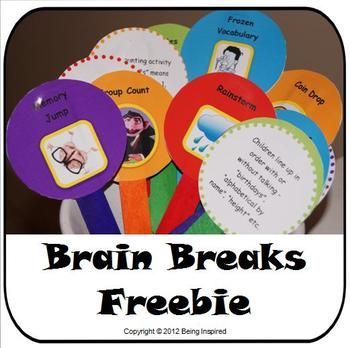 In some cases, patients need 1-2 days, after which they can return to work and continue their usual rhythm of life. More complex injuries require a longer stay in a calm environment.
In some cases, patients need 1-2 days, after which they can return to work and continue their usual rhythm of life. More complex injuries require a longer stay in a calm environment. - Return to activity. People who rest for too long are much more difficult to return to the usual rhythm of life. After the elimination of the main symptoms, the patient is recommended to gradually return to daily activities: communicate with friends, engage in a favorite hobby, and so on. On the other hand, with more severe injuries, returning to normal activities too early can aggravate symptoms. The attending physician will inform you about the approximate recovery time. nine0068
Treatment is always aimed at relieving symptoms and improving quality of life. In some cases, therapy can last for years before the first signs of improvement in the patient's condition appear.
Complications of traumatic brain injury
Moderate or severe traumatic brain injury can lead to permanent brain damage and disability. Patients may also experience:
Patients may also experience:
- Anxiety, depression and post-traumatic stress disorder
- Intracerebral hemorrhage
- Epileptic seizures.
Rarely, severe head trauma or repetitive injury can lead to Alzheimer's disease, dementia, or movement disorders later in life. Light TBI does not lead to such consequences. Chronic traumatic encephalopathy (CTE) may also occur. This condition occurs when a person receives head injuries for a long time. Especially often the problem is faced by people involved in martial arts. CTE is still being studied. This disease cannot be diagnosed until the brain tissue is examined at autopsy. nine0003
Share:
The best doctors in St. Petersburg
Abzianidze Alexey Vadimovich
Rating: 5 / 5
Enroll
Aliev Murad Ramazanovich
Rating: 5 / 5
Enroll
Angelcheva Tatyana Avramovna
Rating: 4.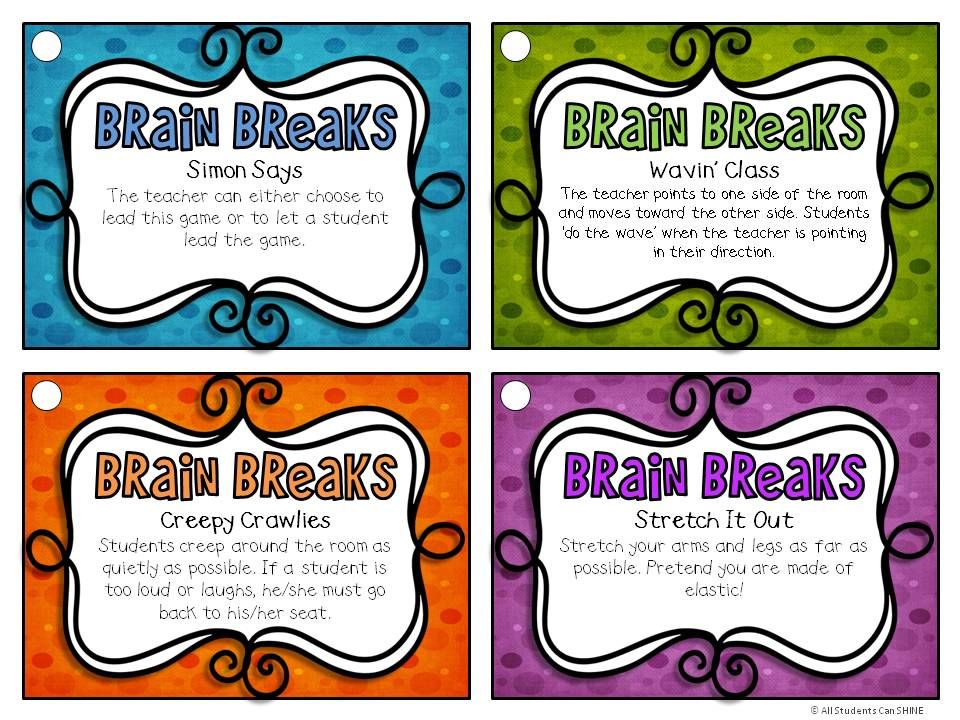 8 / 5
8 / 5
Enroll
Antonov Ilya Alexandrovich nine0003
Rating: 4.8 / 5
Enroll
Akhmedov Kazali Muradovich
Rating: 4.9 / 5
Enroll
Bayzhanov Abylkhair
Rating: 4.6 / 5
Enroll
Scientific sources:
- A.V. Traumatic brain injury of moderate and severe degree in children (clinic, diagnosis, treatment, outcomes). Abstract of diss. doctor of medical sciences M. - 1993. nine0091 Dobrokhotova T.A. Forecast recovery of mental activity in patients with TBI. // "Craniocerebral injury. Prognosis of the course and outcomes". M. - Book. - 1993. -Chapter 4.-S. 110-125.
- Likhterman L.B., Kornienko V.N., Potapov A.A. Traumatic brain injury: prognosis of the course and outcomes. M. - Book LTD. - 1993. - 299s.
- Kravchuk, A.D. Post-traumatic hydrocephalus / A.D. Kravchuk, A.A. Potapov, L.B. Likhterman // Traumatic brain injury.
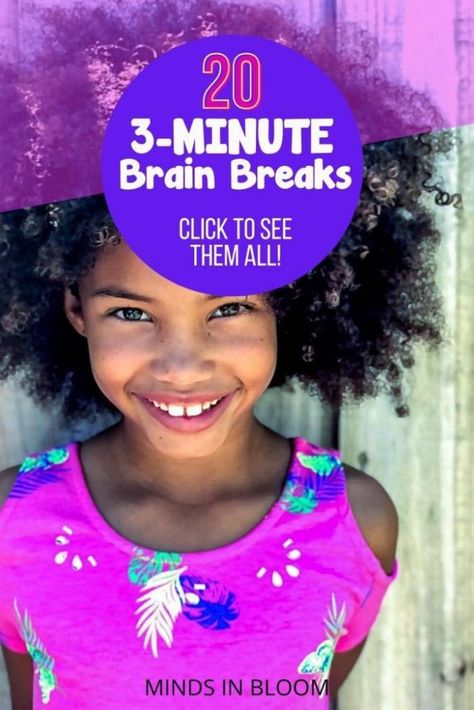 Clinical guide / ed. A.N. Konovalova, L. B. Likhterman, A. A. Potapova - M .: Antidor, 2002. - C 166 - 180.
Clinical guide / ed. A.N. Konovalova, L. B. Likhterman, A. A. Potapova - M .: Antidor, 2002. - C 166 - 180. - Gaytur, E.I. Secondary mechanisms of brain damage in traumatic brain injury (diagnosis, treatment tactics and prognosis): Ph.D. dis. Dr. med. Sciences / E.I. Gaytur.-M., 1999.-41s.
Useful information
Seizures and epilepsy after a concussion
A concussion is a traumatic brain injury that occurs after a blow or push to the head. This causes chemical changes in the brain that affect its normal functioning. nine0003
read more +
CT and MRI for concussion
Every year in Russia about half a million people get traumatic brain injury and concussion from playing sports. Based on the results of a CT and MRI examination for concussion, traumatologists and neurologists can answer the patient's question about how dangerous this injury turned out to be for him, and what are its consequences. nine0003
read more +
MRI for gliosis of the brain
During an MRI of the brain, doctors can detect a disease such as gliosis.